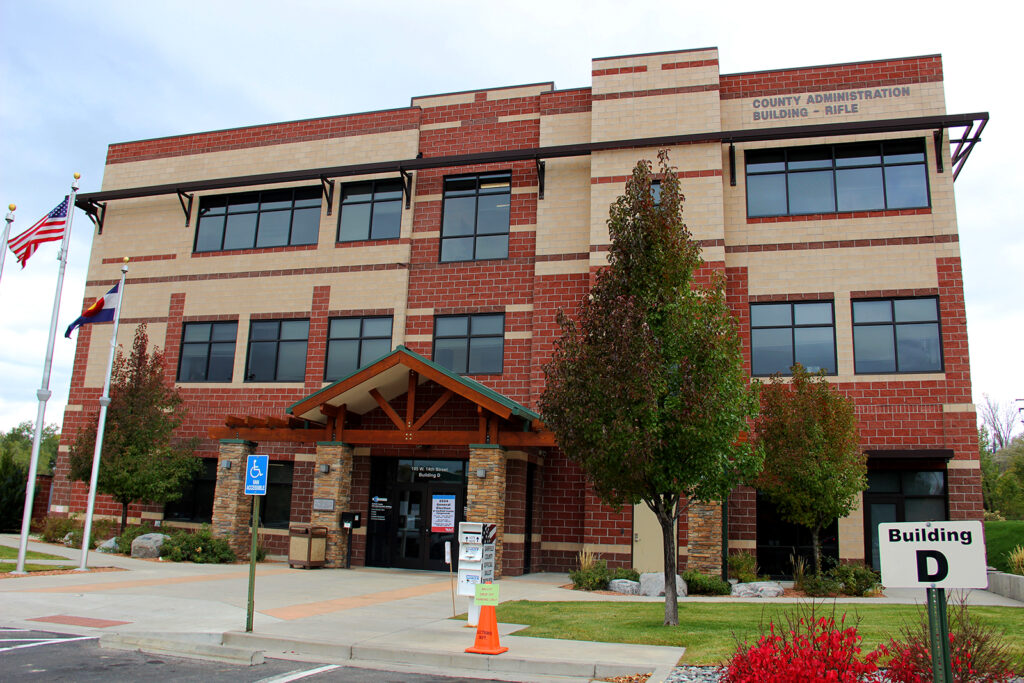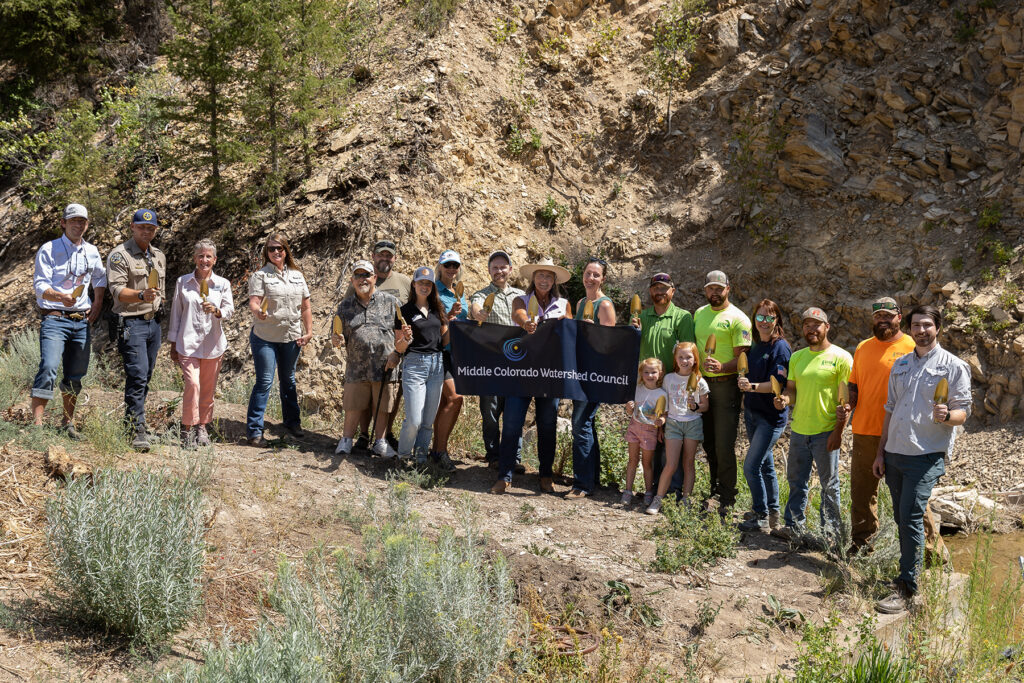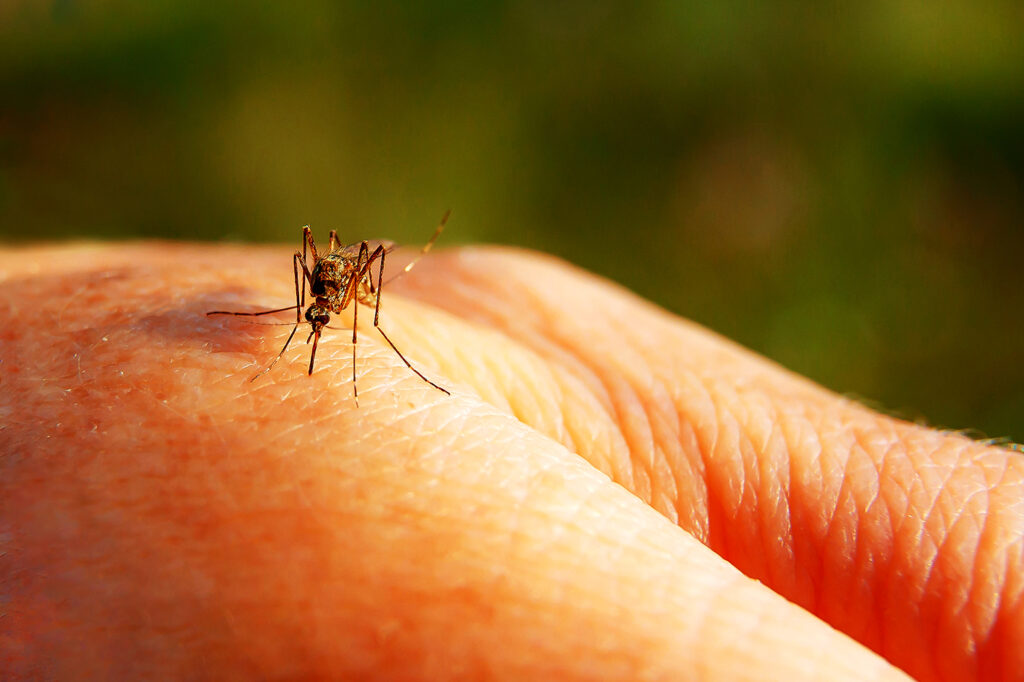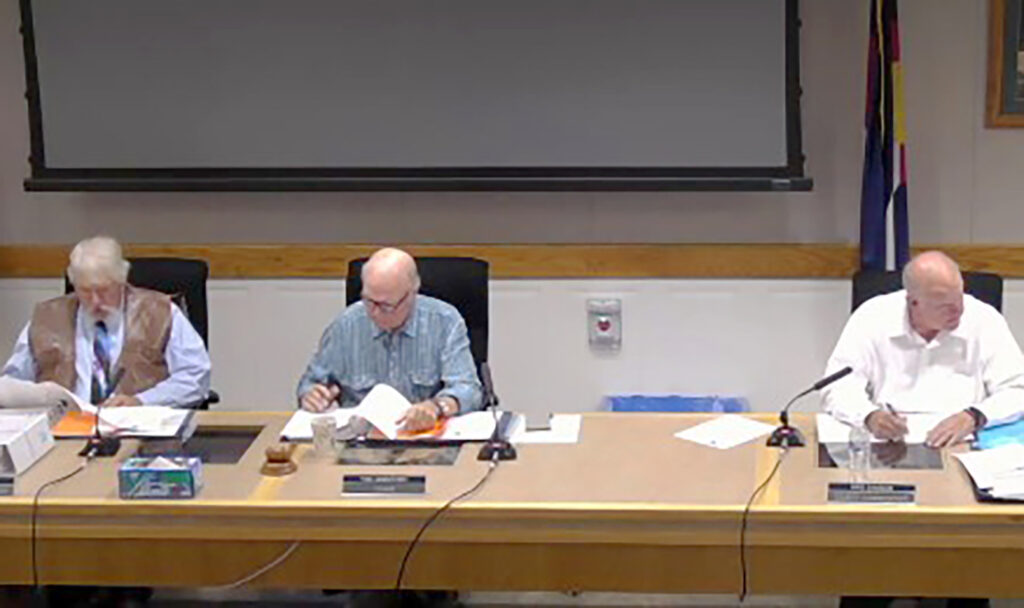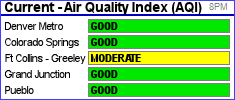


Boards and commission meetings
Motor vehicle system in Rifle reopens at 1:30 p.m. on August 14
Roan Creek fish barrier project groundbreaking
Protecting outdoor workers from wildfire smoke
West Nile virus detected in Garfield County mosquitoes
Lee Fire official updates
Garfield County awards $23,000 in nonprofit grants
Garfield County emergency alerts






